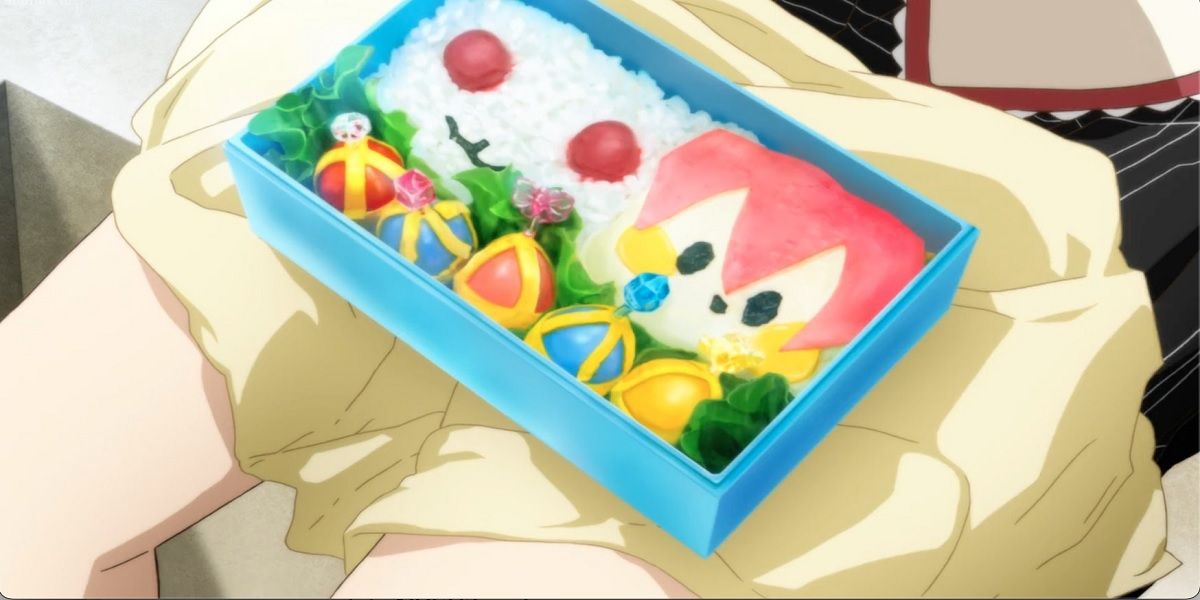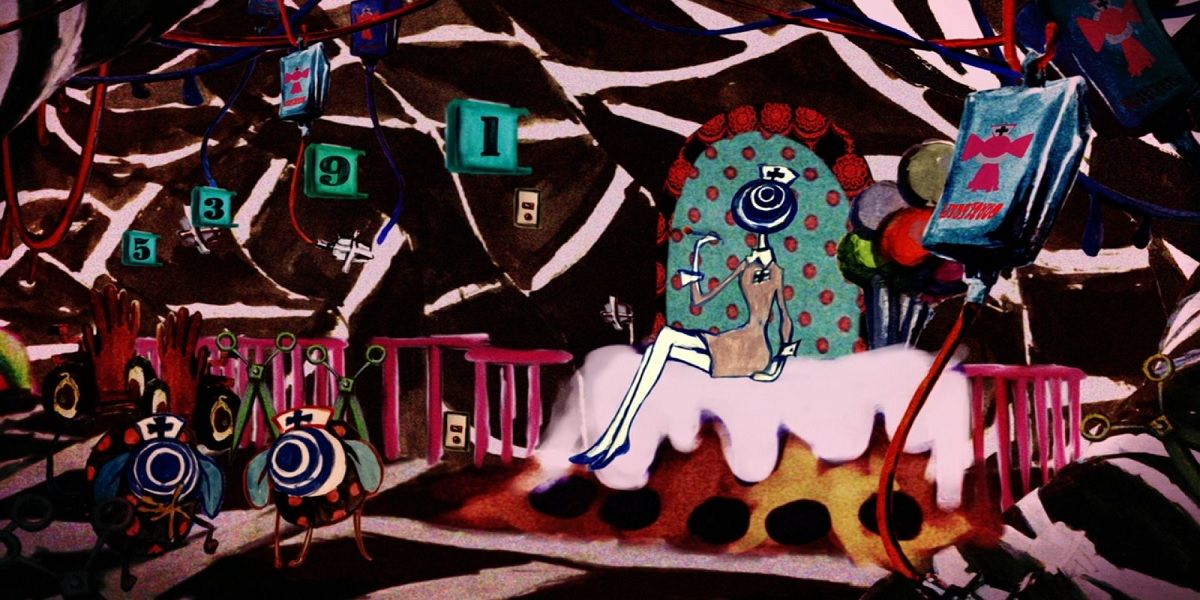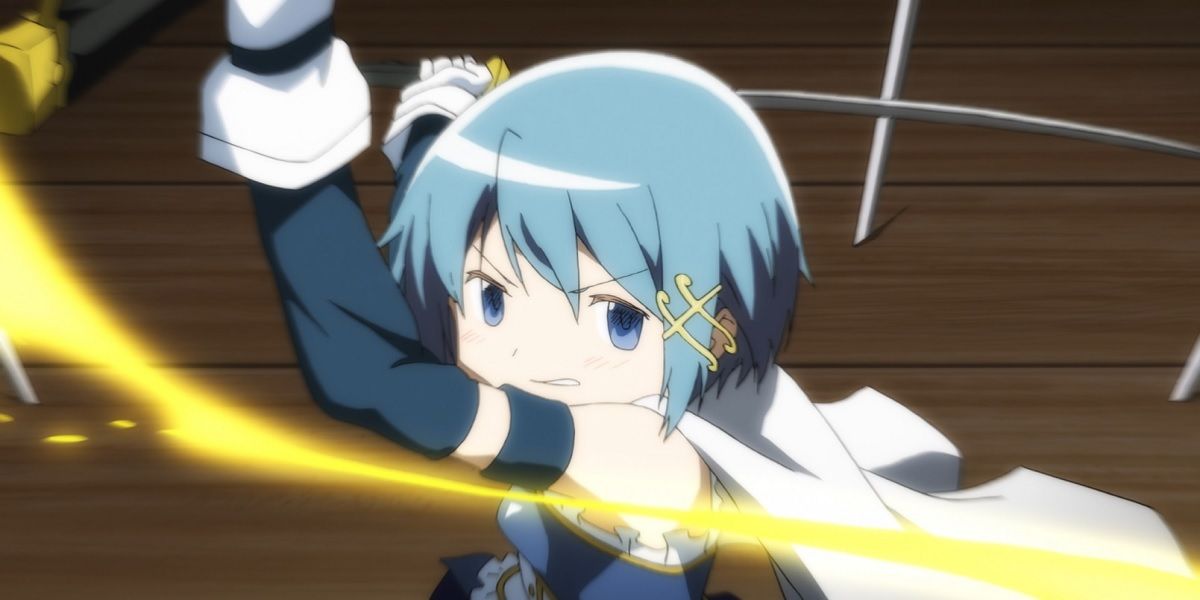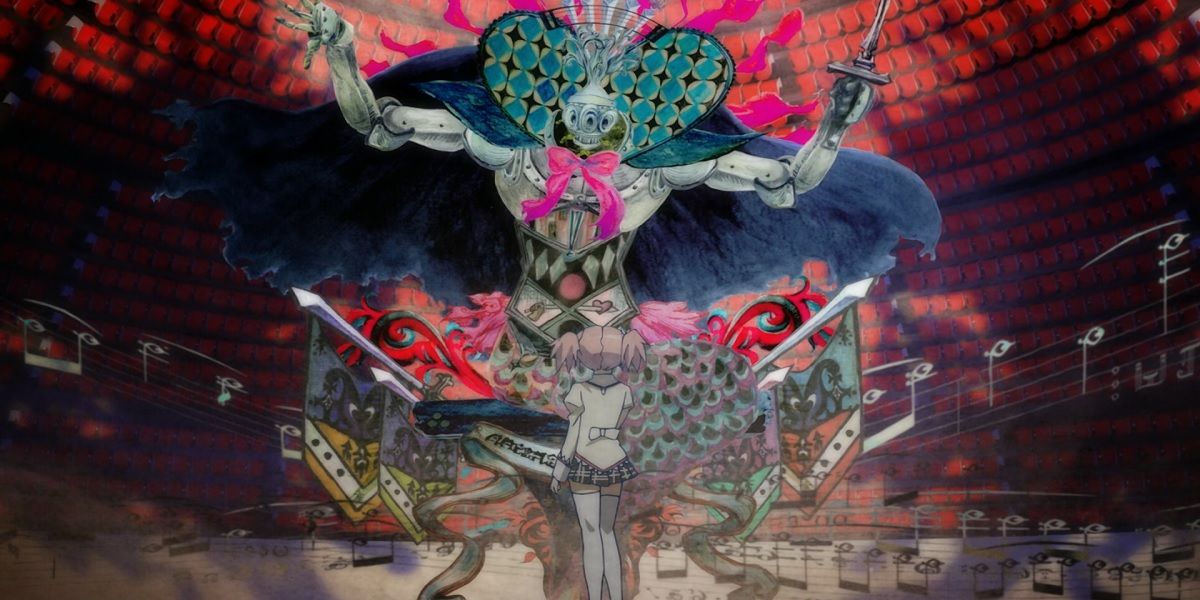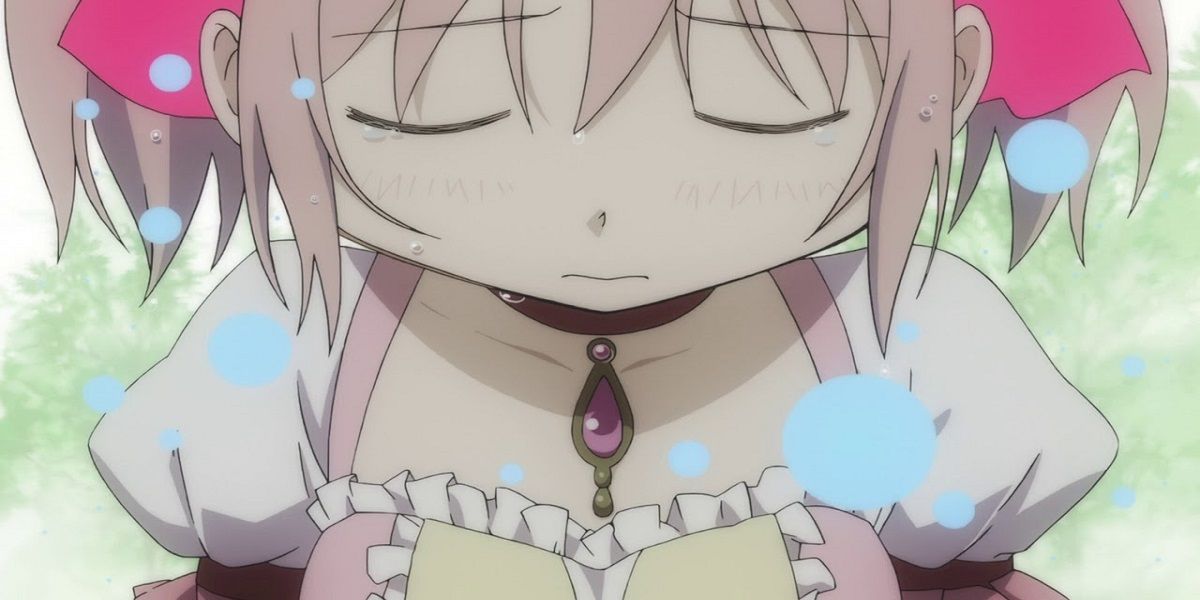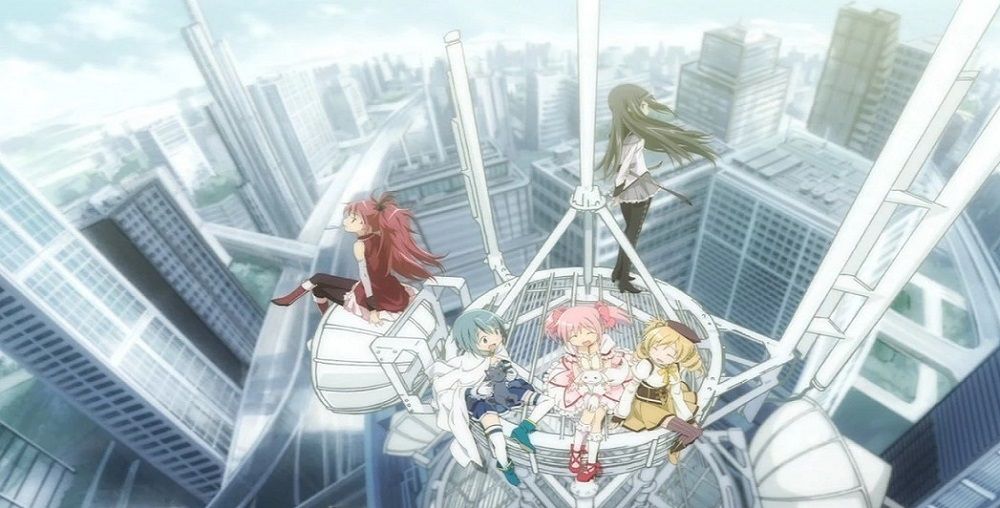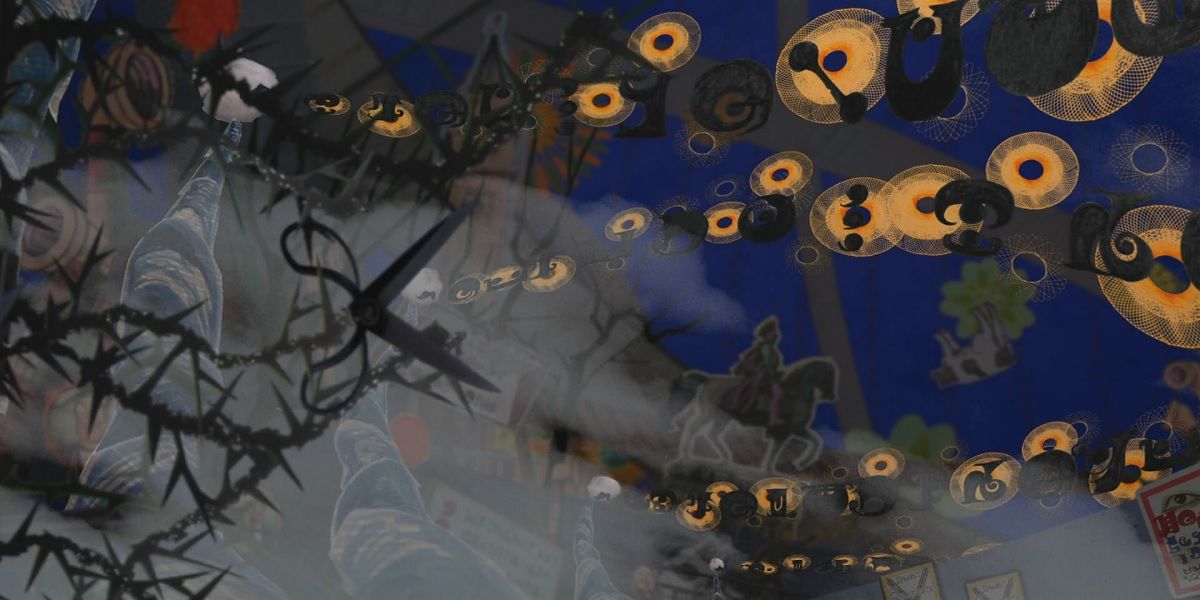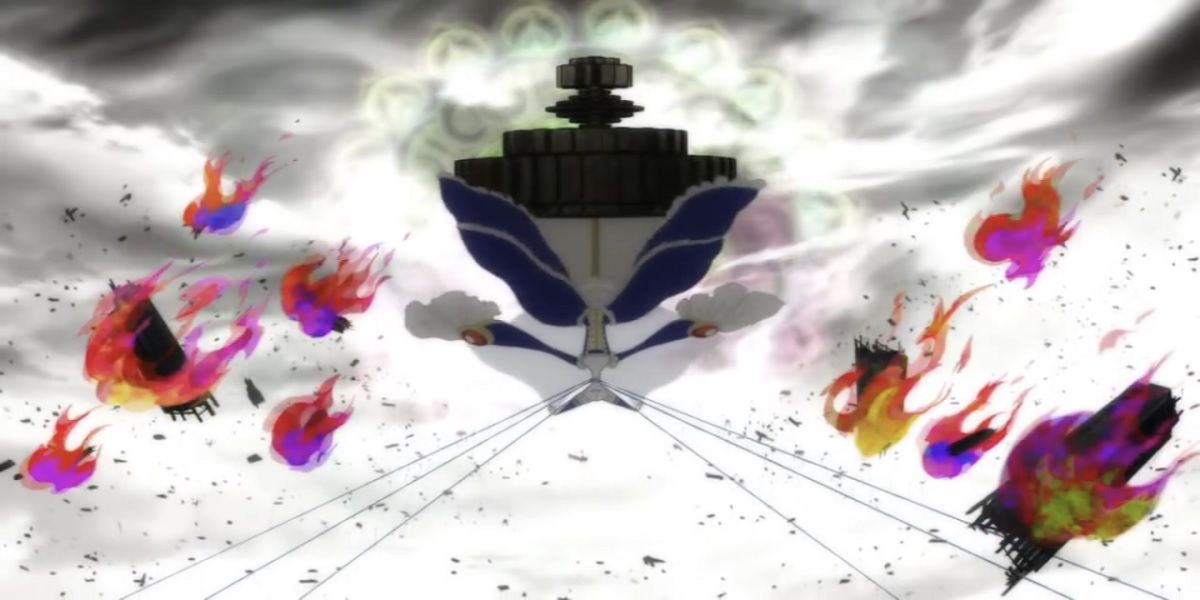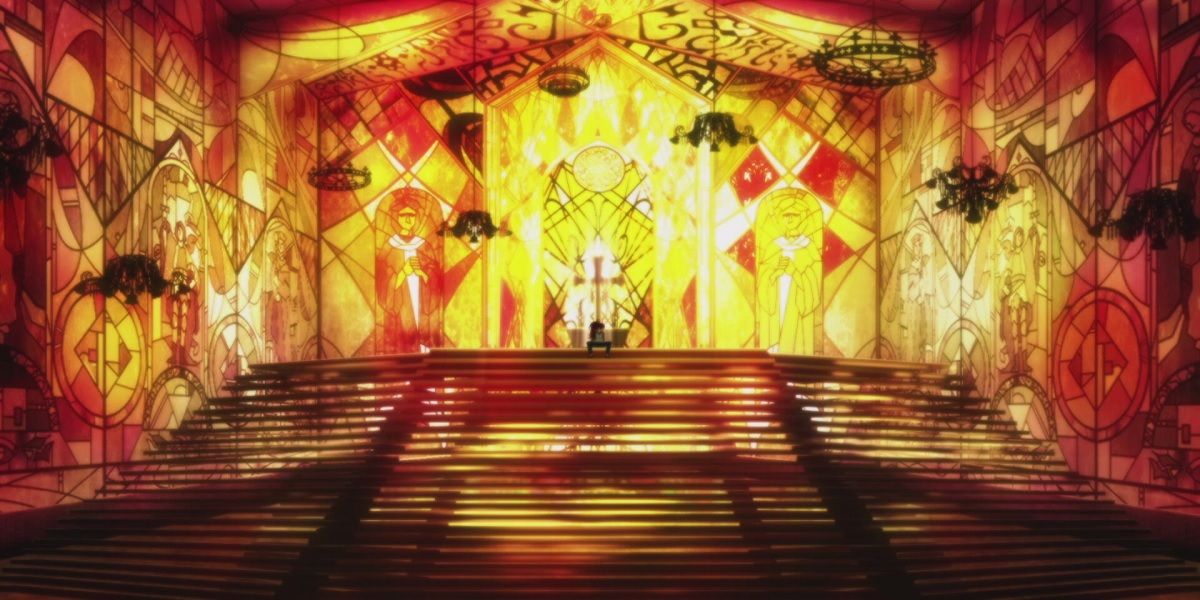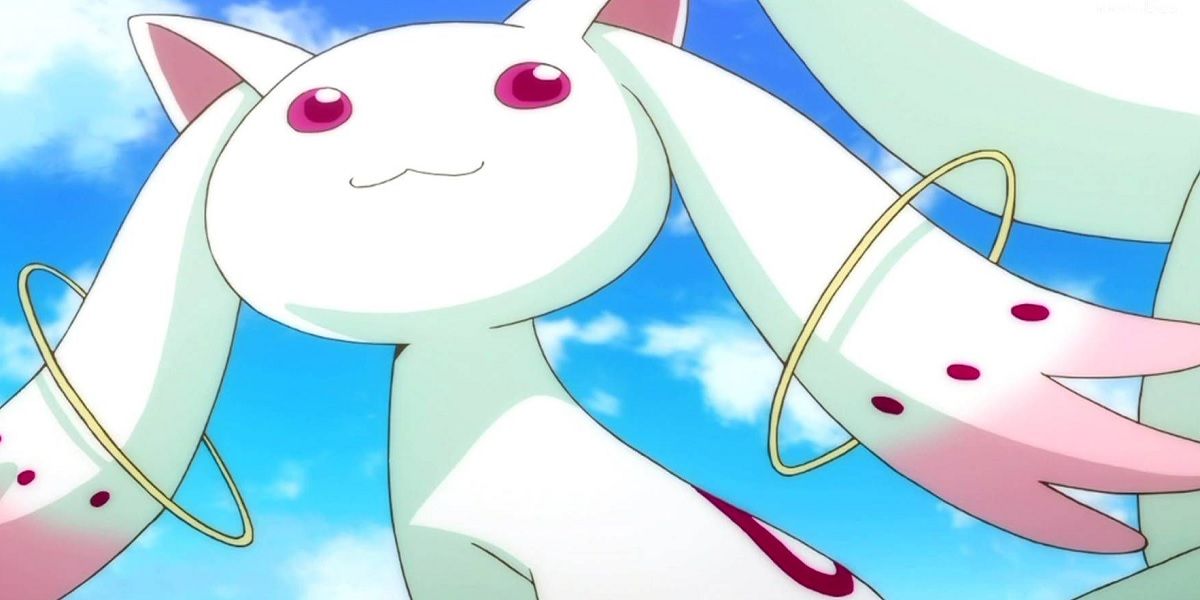It's always a joy whenever fan-favorite series give their viewers reasons to come back and be excited for subsequent viewings. For one, it's typically enjoyable to come back and rewatch anime with the full context, as many series can be confusing the first time through or simply have plots that go over new viewers' heads.
Easter eggs are yet another thing that helps add rewatchability to any series, and Puella Magi Madoka Magica is no exception to this rule. Typically, easter eggs are thrown into media as homages to other pieces of media, but Madoka's are a bit different. Instead, most of its easter eggs are internal, meaning they reference or foreshadow other events within the series.
10 Rebellion References Sayaka's Unchangeable Fate In Each Timeline
It's noted that no matter how much Homura tries to help Sayaka or keep her off the path of contracting, she always becomes a magical girl and she also always succumbs to despair in the end. This fate is incredibly tragic, and it's actually one that's subtly referenced within the Rebellion movie.
There's an edible soul gem for each of the girls within one of the lunch boxes. Kyoko picks up Sayaka's and feeds it to Kyubey, alluding to how the knight always ends up as merely more than fodder within Kyubey's system.
9 There's A Sign Referencing Mami's Death Immediately Before It Happens
Mami's sudden death in the third episode is typically considered one of the most shocking moments within the entire series and for good reason. Right after Mami drops her cool-and-wise mentor facade and lets Madoka see a glimpse of the real her, she's beheaded by the witch Charlotte.
While it seems like there's no way to know of this event beforehand, observant fans might notice a piece of foreshadowing immediately prior to her death. Mami and Madoka walk past a "Caution" sign that shows a row of decapitated bodies. It's incredibly grim and serves as a reminder of Mami's fate.
8 Sayaka's Witch Design And Bio-Reference The Little Mermaid
The designs of the witches and labyrinths within Madoka Magica typically hold a lot of symbolism regarding the magical girls that they belong to. In Sayaka's case, both her witch's design and her own personal story reference a certain version of Ariel.
Her witch appears as a three-headed mermaid and the tail is reminiscent of a darker Ariel's. Not only this, but her character arc closely mirrors Hans Christian Anderson's version of The Little Mermaid- she suffers to please the man she loves who doesn't acknowledge her anyway, and it's only after her death that her soul can find peace.
7 Sayaka's Witch's Last Name And Signature Attack Reference A German Poet
The full name of Sayaka's witch form is Oktavia von Seckendorff, and it can feel as if it's an out-of-nowhere name for those who aren't familiar. However, her name is actually based on Karl Siegmund von Seckendorff, a German poet and composer.
In addition to Oktavia's form composing a melody using her familiars and labyrinth as Madoka and the others fight her, one of her attacks reference him as well. He wrote a novel entitled "The Wheel Of Fate", and one of Oktavia's main attacks involves launching spinning wheels at the girls.
6 The Opening's Translated Lyrics References Homura's Eternal Struggle To Save Madoka
Upon first watching through it, the series' opening appears to be a cutesy cover-up for the true, dark nature of the show. However, with full context of the events of the series, one look at the translated lyrics reveals Homura's heartbreaking struggle to try to save Madoka.
An excerpt from the TV version of the song reads, "I won't forget the promise we made, I'll close my eyes and ascertain it. Shaking off the darkness that closed in on me, I advanced on." It's clearly from Homura's point of view, talking about her struggles to save Madoka.
5 The Black Cat In The Opening Also References Sayaka's Unavoidable Fate
It often feels as if Sayaka gets the short end of the stick when it comes to her chance of happiness. After all, the creators seem to take every possible opportunity that they're given to reference her inescapable fate of turning into a witch.
At the end of the opening for just a split second, Madoka can be seen holding Kyubey while Sayaka is holding the black cat. This is a sneaky way to reference Sayaka's eventual despair in every timeline, as black cats are often associated with witches.
4 There Are A Number Of References To Goethe's Faust Throughout The Series
Madoka Magica makes great use of runes throughout the series, and through intensive fan effort, these runes have actually all been translated. Many of them are direct quotes from Goethe's "Faust", including within the first labyrinth that Madoka and Sayaka stumble into, and a majority of the witches thereon.
Going even further, the very first shot of the entire series reads in runes as "Prolog im Himmel", which is the exact title of the prologue of Faust. Fans have even speculated as to who from Madoka would have each character's role within Faust with how many similarities there are between the two.
3 Walpurgisnacht's Name References A Real-Life European Festival
Walpurgisnacht is the name of the ever-infamous final boss witch within the series. However, the name Walpurgisnacht actually comes from a real-life northern European Spring Festival, which is also called "the Night of the Witches".
While it was originally a Pagan holiday, it later became used as a night to light bonfires in an attempt to ward off evil spirits. In modern-day Germany, however, it's much more lighthearted, with partakers dressing up in costumes and lighting off fireworks.
2 Almost Thirty Real-Life Buildings Are Referenced Within The Series' Architecture
Upon first going through the series, there's so much to take it when it comes to the characters and the overall world that smaller details can fly over viewers' heads. For example, there are a ton of real-life references used when it comes to the architecture within the series, and this extends to the movies.
For example, Dubai's skyline is referenced when it comes to Mitakihara City's own. There are references from all over the world as well, and not just Japan, including Germany, France, Taiwan, and even places within the United States.
1 Nearly All Of The Witches' Names Within The Series Reference Celestial Objects
In the ninth episode of the series, Kyubey reveals himself to be part of an alien race from outer space. And while other members of his race are never seen, there's actually an interesting link between the witches within the series and real-life celestial bodies within outer space.
Nearly every single Witch and Familiar that's shown within the series has a name that lines up with a celestial body from within the solar system. One of the only exceptions to this is Sayaka's witch, whose name instead references a composer.


